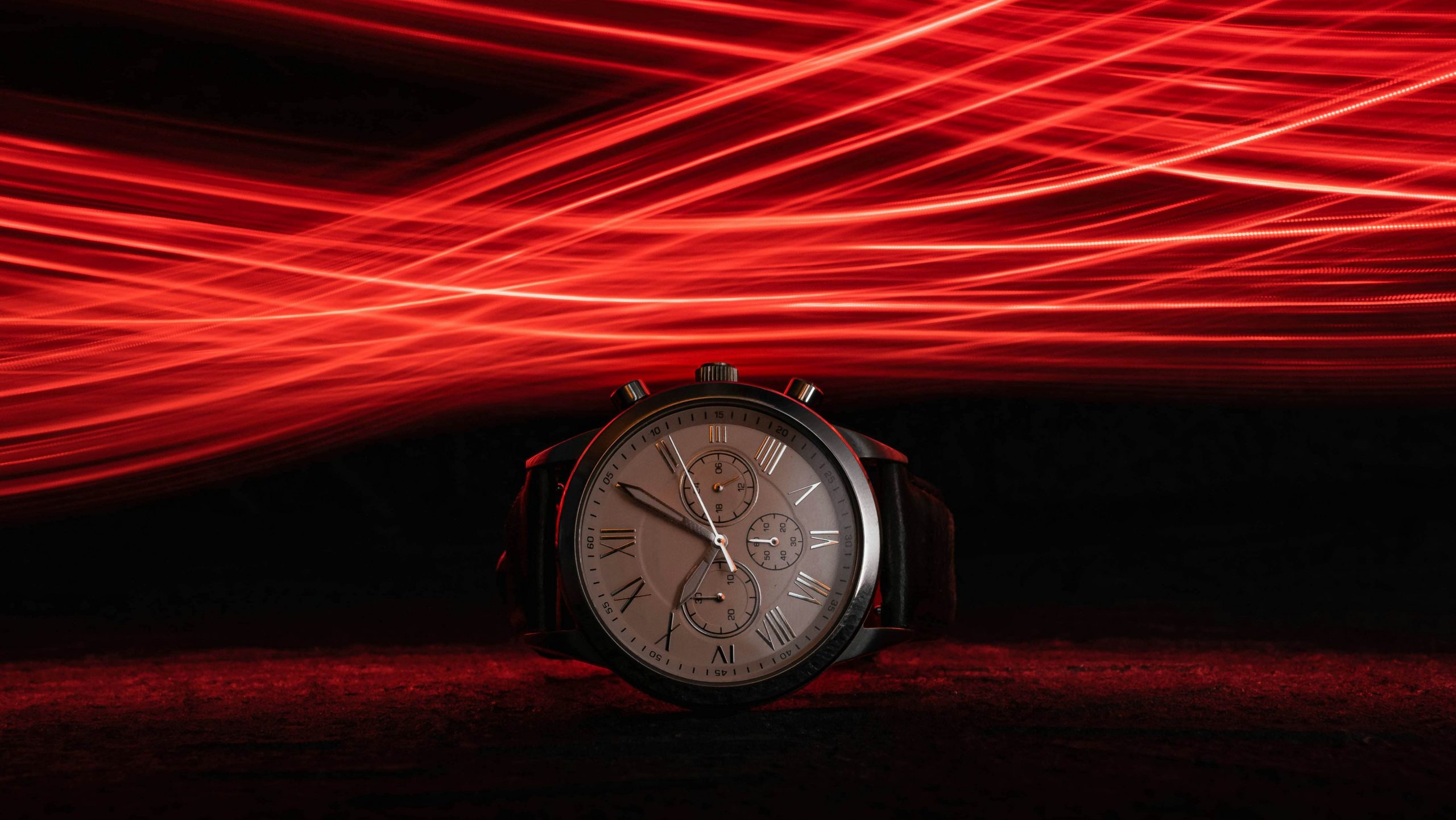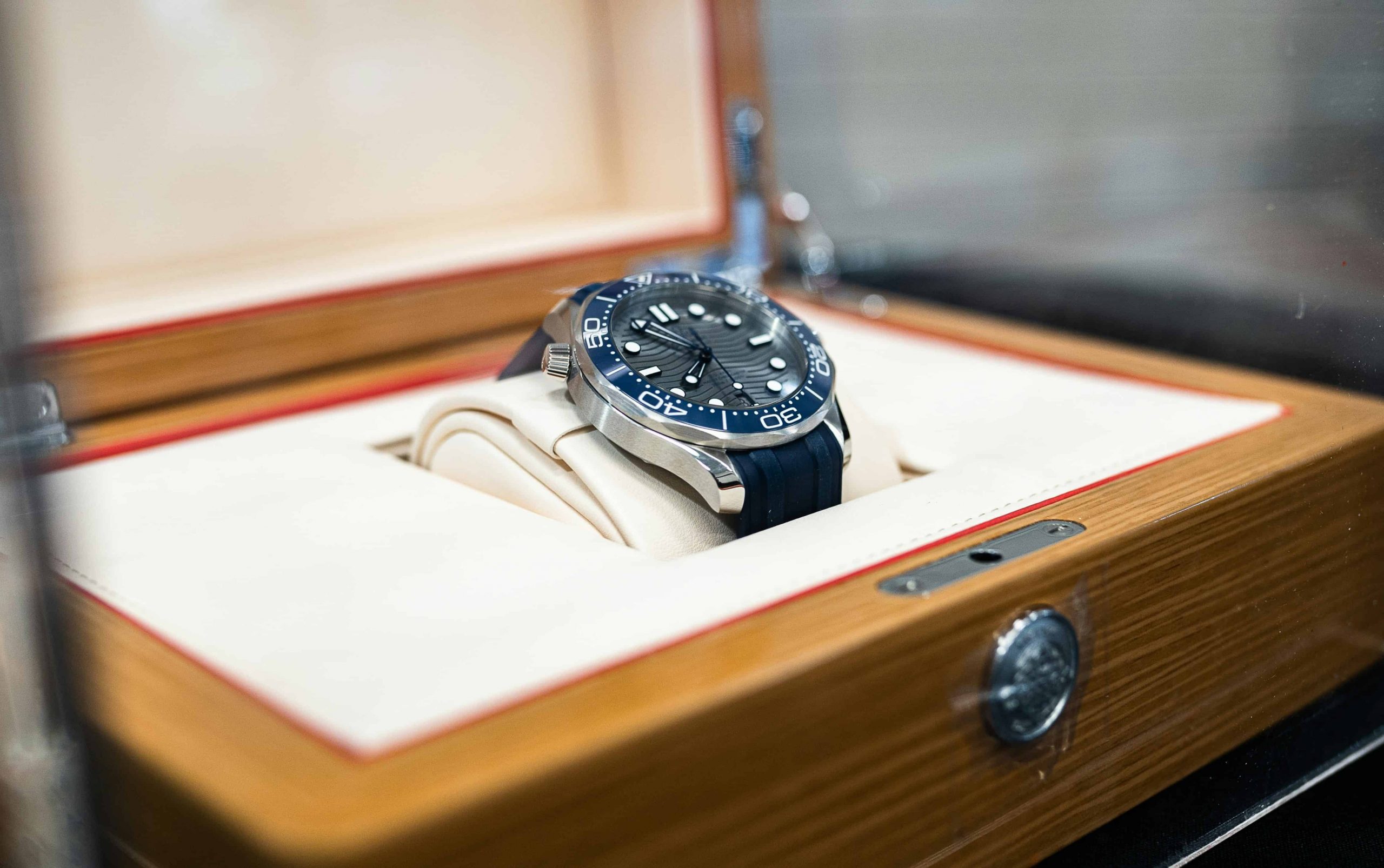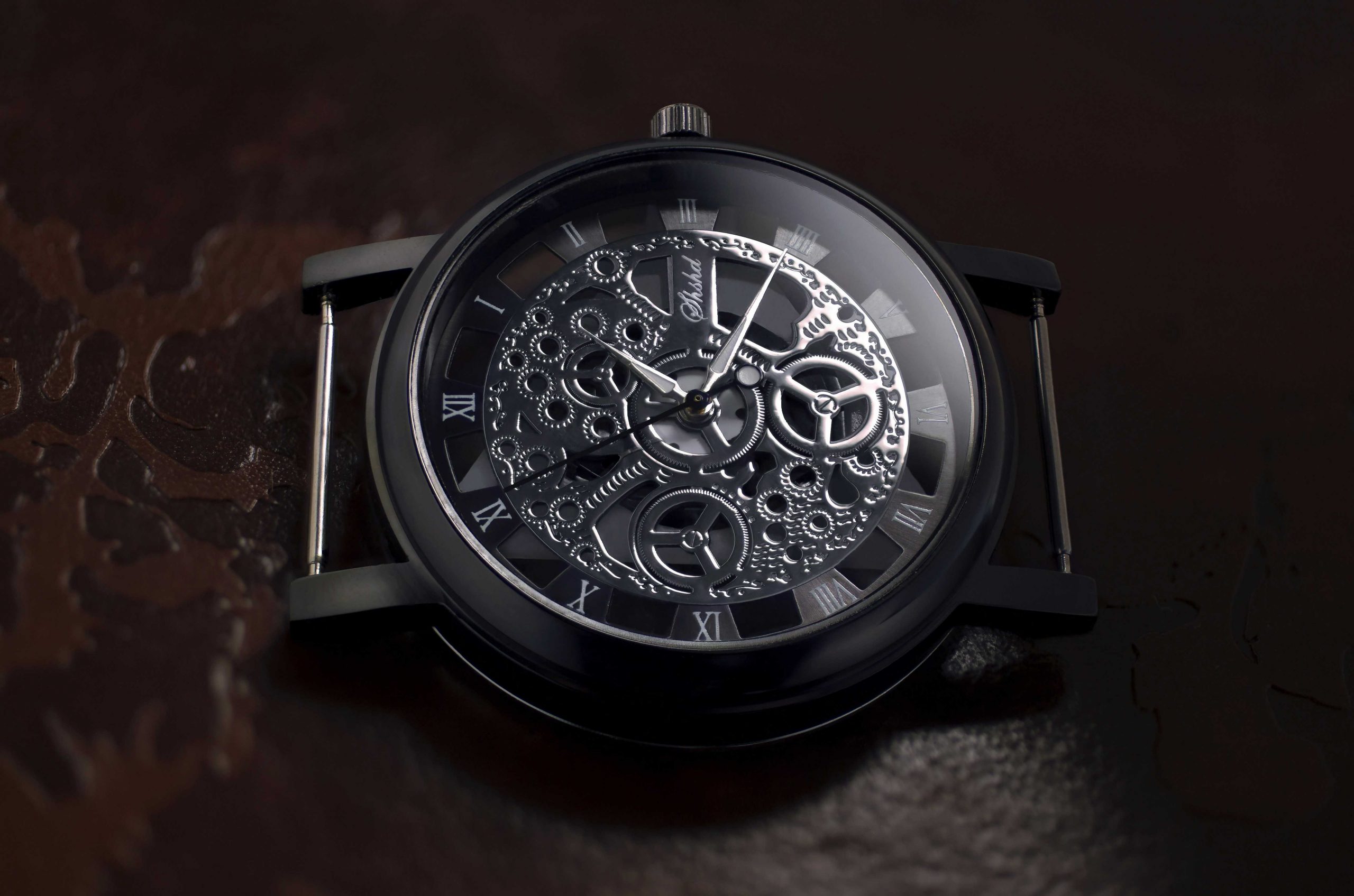
Unlocking Precision: A Deep Dive into the Tourbillon Mechanism
Introduction
In the intricate world of mechanical watches, precision is paramount. The heartbeat of timekeeping relies on the delicate interplay of various components within the timepiece. Accuracy, the pinnacle of watchmaking excellence, is the holy grail pursued by horologists worldwide. Enter the tourbillon, a mesmerizing mechanism designed to combat one of the most persistent challenges: the influence of gravity.
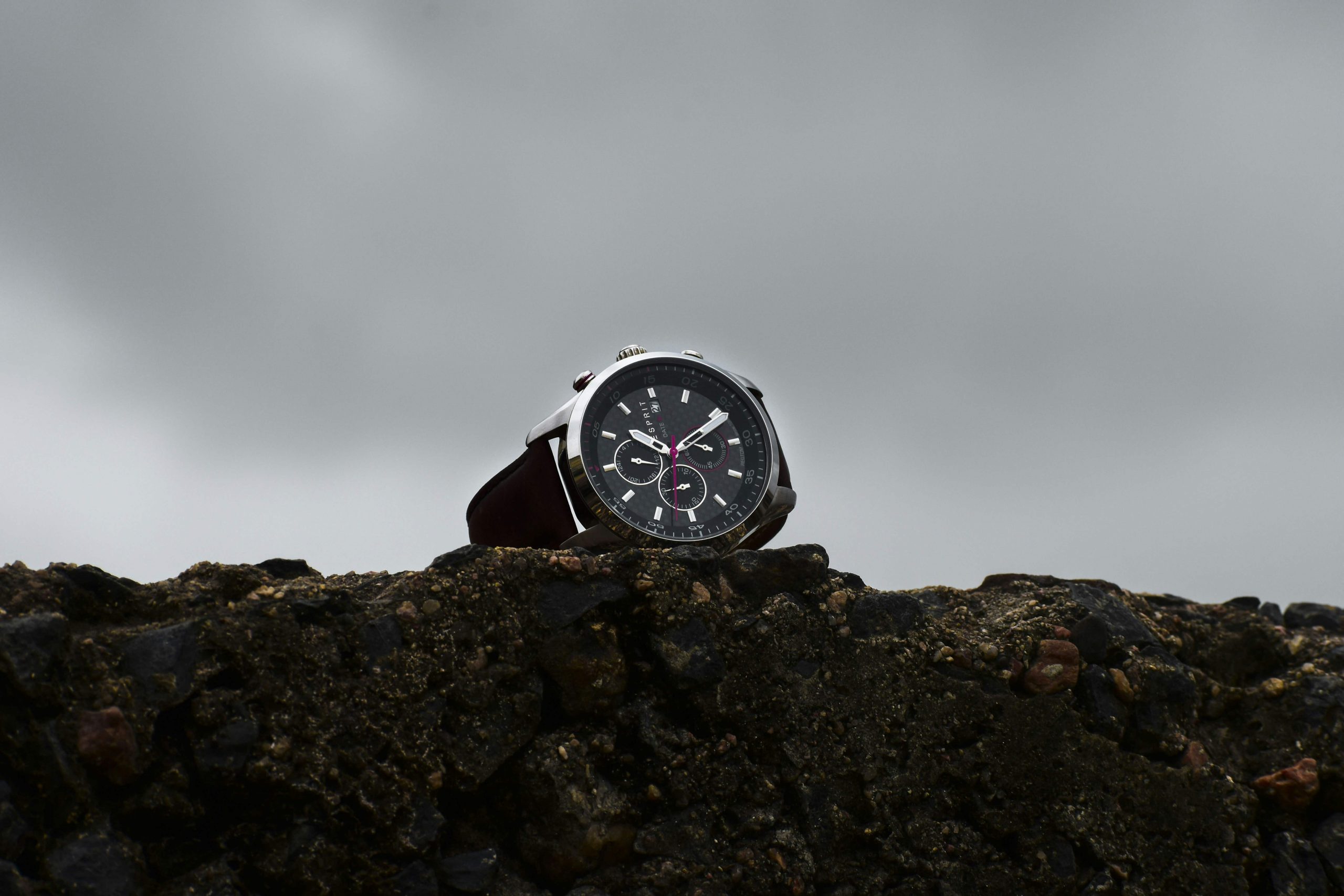
© Vandan Patel / Unsplash
The Problem: Gravity’s Influence on Accuracy
The Balancing Act
At the core of a mechanical watch lies the balance wheel, a vital component responsible for regulating timekeeping. However, gravity is an ever-present force, and as the watch changes positions, the balance wheel’s oscillations can be perturbed, leading to timekeeping discrepancies.
The Pendulum of Time
The variations induced by gravity can cause a watch to gain or lose precious seconds over time. This gravitational challenge posed a significant hurdle for watchmakers striving for unparalleled accuracy in their creations.
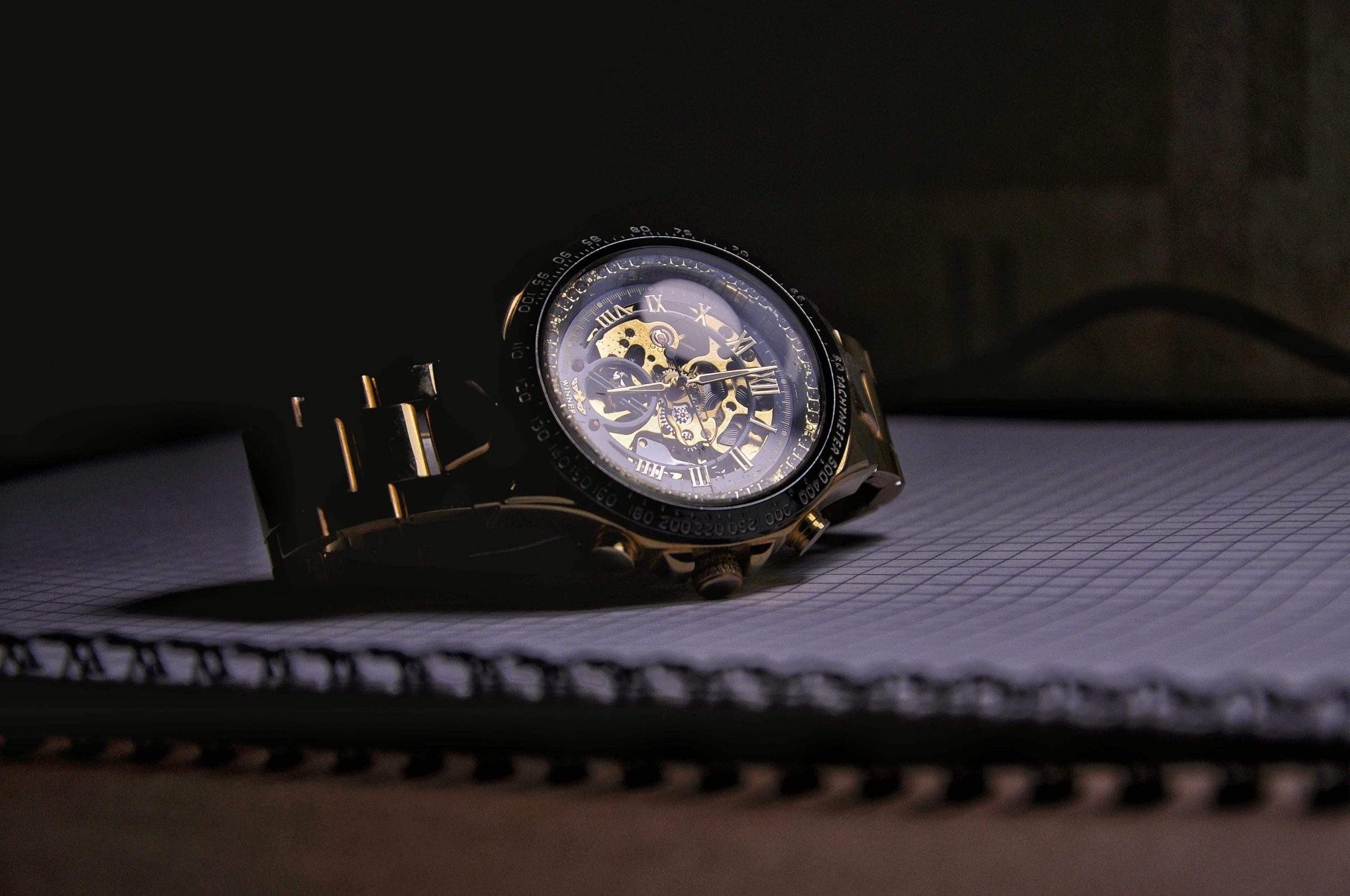
© Viacheslav Bublyk / Unsplash
The Solution: The Tourbillon Mechanism
Dancing Against Gravity
Enter the tourbillon, a masterful solution to the age-old problem. At its core, the tourbillon is a rotating cage housing the escapement—a delicate amalgamation of the balance wheel and hairspring.
Averaging the Dance
The brilliance of the mechanism lies in its continuous rotation, seeking to average out the positional influence of gravity. This perpetual ballet minimizes the impact of gravitational forces on the balance wheel, promising enhanced accuracy.
Breakdown of the Tourbillon Function
Within the Rotating Cage
Inside the mesmerizing rotating cage, we find the balance wheel, hairspring, escape wheel, and lever—all crucial components orchestrating the intricate dance against gravity.
Powering the Ballet
The mainspring, the heart of the watch, transmits power through an intricate system of gears, reaching the escapement. This regulated power release controls the oscillation of the balance wheel.
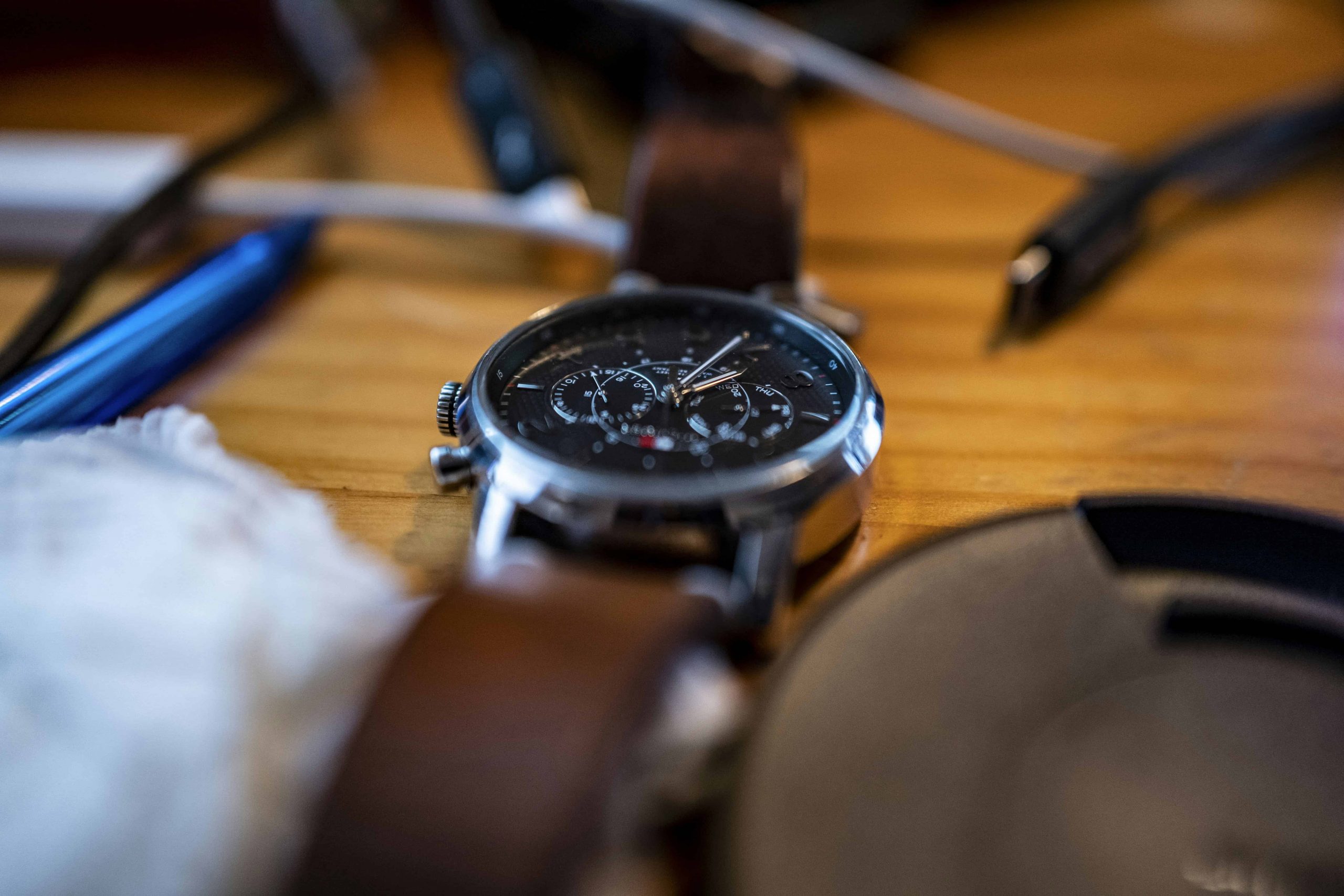
© Andrew R / Unsplash
Benefits and Limitations of the Tourbillon
A Symphony of Precision
The tourbillon’s primary benefit is the remarkable improvement in accuracy, achieved by mitigating the impact of gravity-induced positional errors. It’s a symphony of precision in the world of horology.
The Cost of Perfection
However, such sophistication comes at a price—both in terms of complexity and expense. Crafting and integrating a tourbillon elevates the overall intricacy and cost of a timepiece.
Conclusion
In conclusion, the tourbillon stands as a testament to human ingenuity in the pursuit of precision. By ingeniously countering gravity’s impact, it not only enhances accuracy but also serves as a symbol of craftsmanship and engineering excellence in the world of mechanical watches. As time ticks away, the tourbillon remains a timeless marvel, forever dancing against the forces that seek to disrupt its graceful rhythm.
Key Takeaways
- Tourbillon’s Precision: The tourbillon, a rotating cage in mechanical watches, counteracts gravity’s impact on accuracy by continuously averaging out positional errors.
- Gravity’s Influence: Gravity affects the balance wheel, causing timekeeping discrepancies. The tourbillon’s rotation minimizes these effects for enhanced accuracy.
- Components in Harmony: Inside the cage, components like the balance wheel, hairspring, and escape wheel work in tandem. The mainspring powers this intricate dance, regulating the balance wheel’s oscillation.
- Precision vs. Cost: The tourbillon significantly improves accuracy but raises complexity and cost, making it a trade-off for watch enthusiasts.
- Symbol of Excellence: In conclusion, the tourbillon showcases human ingenuity, enhances accuracy, and stands as a timeless symbol of craftsmanship and engineering in mechanical watches.
FAQs (Frequently Asked Questions)
Why does gravity affect the accuracy of mechanical watches?
Gravity influences the balance wheel, a key timekeeping regulator, causing variations as the watch changes positions, leading to time discrepancies.
How does the tourbillon enhance accuracy?
The rotating tourbillon cage, housing the escapement, continually counters gravity’s positional impact on the balance wheel, improving overall accuracy.
What components are in the tourbillon’s rotating cage?
The rotating cage houses crucial components like the balance wheel, hairspring, escape wheel, and lever, working together to counteract gravitational effects.
What role does the mainspring play in the tourbillon mechanism?
The mainspring, the watch’s heart, transmits power through gears to the escapement, regulating the balance wheel’s oscillation for precise timekeeping.
Why is there a trade-off between tourbillon precision and cost?
While the tourbillon significantly improves accuracy, its complexity and integration elevate the overall cost of the timepiece, making it a trade-off for precision enthusiasts.
Take a moment to appreciate the meticulous craftsmanship and technological prowess behind Pierre Gaston Watches, where the use of titanium emerges as a defining factor in their exceptional creations.



